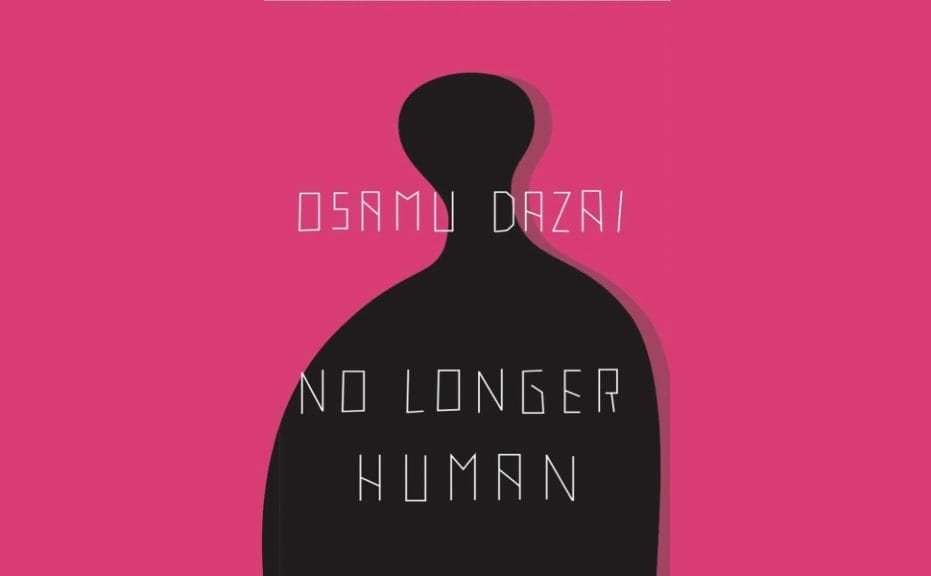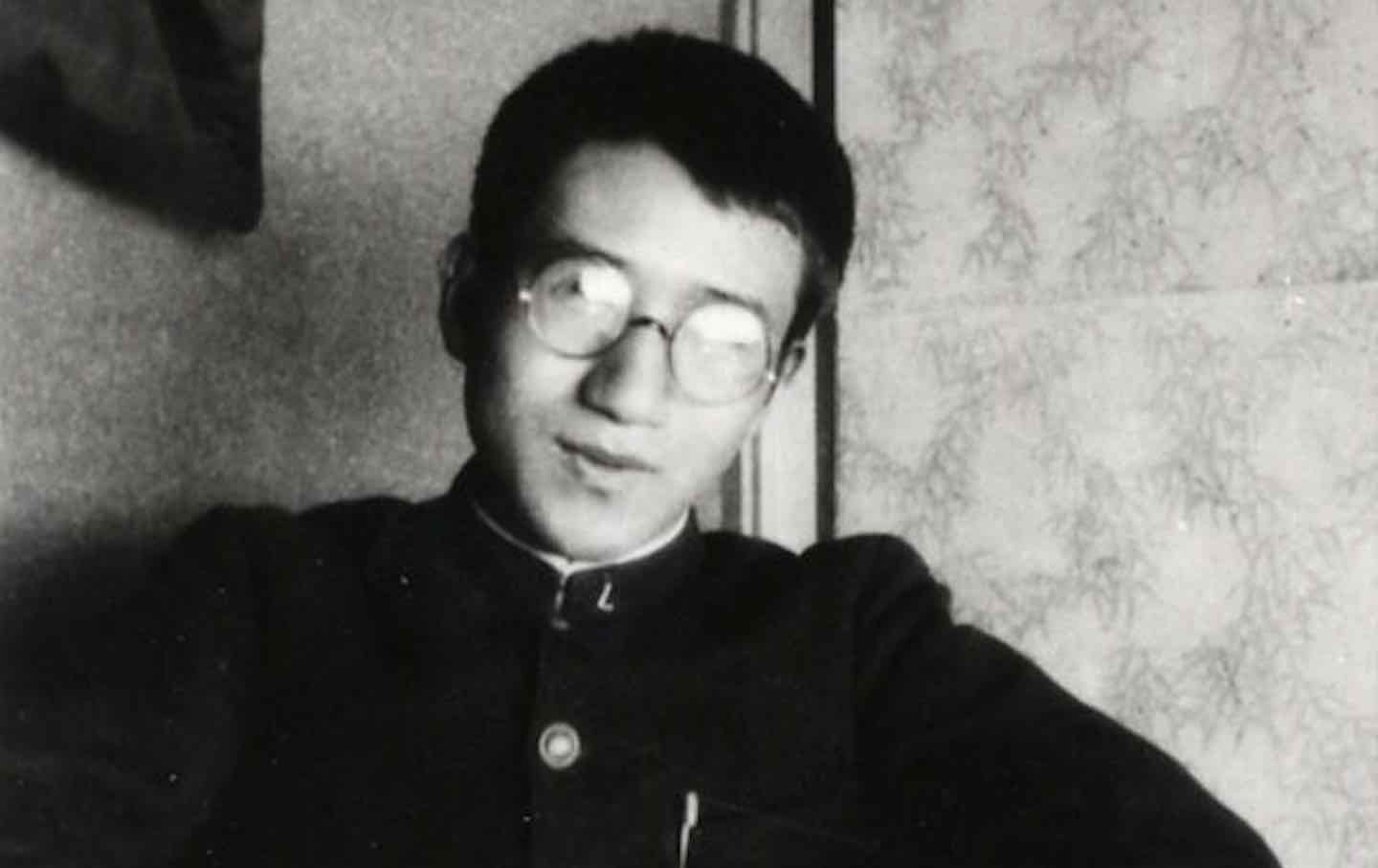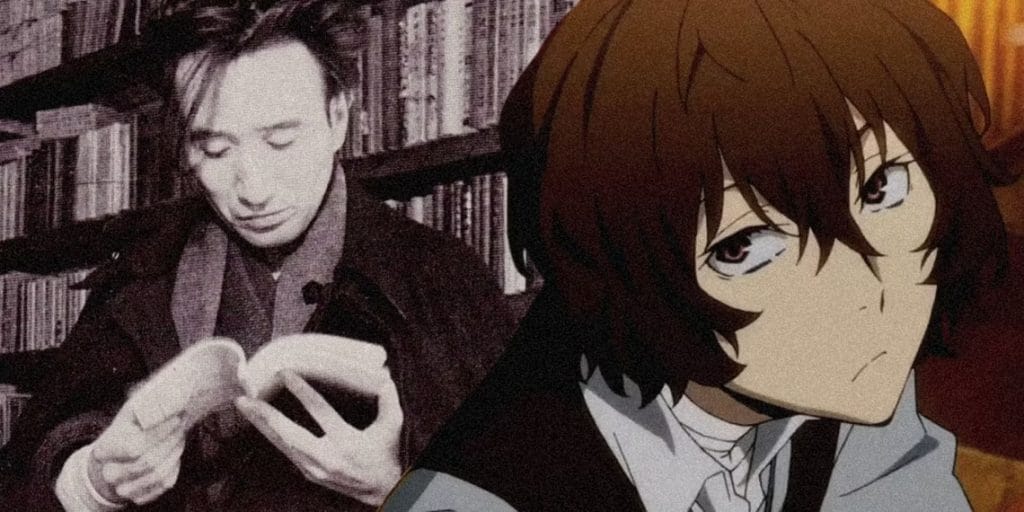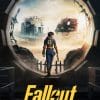Osamu Dazai came onto the scene as a Japanese novelist at the end of World War II. His dry and witty prose attracted the attention of many younger readers of the 20th century. It also perfectly captured the bleak confusion of post-war Japan.
Dazai wrote in a style considered to be “personal fiction” or “shishōsetsu.” This style included the use of first-person narrators that reflected upon the author’s own character within his fiction. For example, some stories capitalize on his background as a wealthy politician’s son.
The author’s dismal frame of mind unfortunately resulted in suicide in 1948, just before the publication of No Longer Human that same year. His memory continues to live on in the hearts of readers, and many of his works have been translated: Shayō (1947; The Setting Sun), Biyon no Tsuma (1947; Villon’s Wife), and Ningen Shikkaku (1948; No Longer Human).
These postwar novels have all been translated into English by Donald Keene, recipient of the Japanese honor awards the “Person of Cultural Merit” (Bunka Koro-sha) in 2002 and the Order of Culture (Bunka Kunsho) in 2008 for promoting Japanese culture. Many of Dazai’s works translated by Keene are sold by New Directions Publishing.
Ningen Shikkaku
“Mine has been a life of much shame. I can’t even guess myself what it must be to live the life of a human being.”
Osamu Dazai, No Longer Human
No Longer Human is notably Dazai’s most popular novel. It has remained one of the top ten bestselling books in Japan. The protagonist of the novel, Oba Yozo, thinks of himself as a failure. He believes that he is incapable of understanding human beings or fitting in with them. Living a seemingly normal life, he casually records the cruelties of living.
Yozo shares his account of a troubled childhood. Further into his life, he numbs himself with several vices including alcoholism, a morphine addiction, and several sexual partners. He pursues interpersonal relationships without emotional depth. Each of these factored into the utter decline of his health.
English Translations

Ningen Shikkaku’s (lit. “Disqualified as Human”) became popular in English with its most popular translation by Donald Keene published in 1958 in the US by New Directions Publishing and 1959 in the UK by Peter Owen Publishers respectively. It was translated again by Mark Gibeau and published in 2018 under the title A Shameful Life by Stone Bridge Press.
Another translation was published in 2024, Tuttle Publishing released a new translation by Juliet Winters Carpenter.
BookTok
Dazai’s No Longer Human has gone viral on TikTok 75 years after publication. Many readers are still interested in the dark comedy and psychological challenges the book presents. Additionally, the novel and its characters have been adapted to both anime and manga that have led to a boost in Dazai and No Longer Human’s popularity.
For example, in the video posted by @vampiresskelcloset on TikTok, the novel is being flipped through. In the background, an audio plays from the anime Bungou Stray Dogs (based on the manga of the same name). Dazai Osamu is the protagonist of the story with a superpower conveniently dubbed “No Longer Human”.
Anime and Manga

There are a few manga that have adapted the novel. In 2009, mangaka Usamaru Furuya (whose notable works consist of Palepoli, Short Cuts, and Lychee Light Club) adapted No Longer Human in honor of Osamu Dazai’s 100th birthday. That same year, Studio Madhouse produced a four-episode anime adaptation of No Longer Human titled Aoi Bungaku.
In 2010, mangaka Yasunori Ninose created Ningen Shikkaku Kai, an adaptation of the novel set in a contemporary era. Likewise, in 2011, Gakken produced an adaptation as part of a classical literature series that was set within its original post-WWI era. In 2017, horror mangaka Junji Itō (whose notable works consist of Tomie, Uzumaki, and Gyo) adapted a version of No Longer Human as well.
As aforementioned, manga and anime series Bungou Stray Dogs (2012) references the novel with its protagonist. Similarly, manga Sayonara, Zetsubou-Sensei (2005) references the novel with the protagonist Nozomu Itoshiki who is based on Oba Yozo, the protagonist of No Longer Human.
Dazai’s influence has reached into other forms of Japanese media, and ultimately, through each of these different avenues, has reached the West.
Literary Master

Osamu Dazai has impacted the lives of many with his writing both in Japan and abroad. No Longer Human is not an anomaly. Dazai’s stories are framed in such a personal way that they have not only captured the modernist spirit but the hearts of his readers as well. There is no doubt that his work will continue to be read and admired by many.














